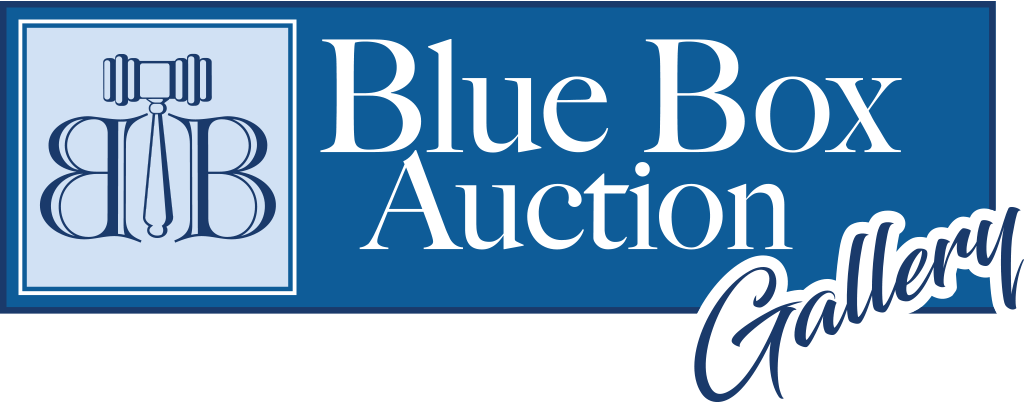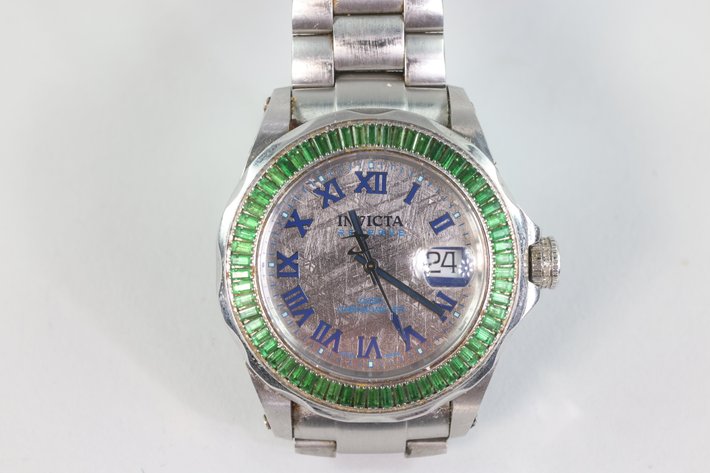As a coin collector or enthusiast preparing to buy or sell coins at auction, ensuring the authenticity of your coins is paramount. Counterfeit coins not only diminish the value of a collection but can also mislead collectors about historical and cultural significance. While professional authentication is essential for high-value coins, gaining the skills to perform preliminary checks can empower you and increase your confidence during the auction process. This guide provides a thorough walkthrough of the tools, techniques, and knowledge needed for DIY coin authentication, helping you become more adept at identifying genuine coins.
Essential Tools for Authenticating Coins at Home
Before starting the authentication process, gather the right tools. Here’s what you’ll need:
Magnifying Glass or Loupe: A 10x-20x magnification tool is ideal for examining fine details on coins, such as mint marks, surface texture, and tiny inscriptions. A high-quality loupe provides a clearer and more detailed view than a standard magnifying glass.
Digital Scale: A precision digital scale that measures to at least 0.01 grams is necessary for accurately weighing coins. Even slight weight discrepancies can indicate a counterfeit coin.
Caliper: A digital caliper is used to measure the coin’s diameter and thickness with high precision. Accurate measurements are crucial for identifying counterfeit coins that may be slightly off in size.
Reference Books or Online Databases: Access to comprehensive reference books and reliable online databases like PCGS and NGC is essential. These resources provide verified images and specifications for comparison.
UV Light: UV light helps detect surface alterations or modern counterfeiting materials that aren’t visible under regular light. Some counterfeit coins use fluorescent materials that can be detected with UV light.
Gloves and Soft Cloth: Always handle coins with gloves to prevent oils and dirt from your hands from contaminating or damaging the coins. Use a soft cloth to place the coins on during inspection.
The Visual Inspection: What to Look for in Authentic Coins
A meticulous visual inspection is the first step in coin authentication. Here’s what to focus on:
Design Details: Compare the coin’s design with verified images from reputable sources. Look for inconsistencies in portraits, inscriptions, and other design elements. Authentic coins have sharp, clear details, while counterfeits may have blurred or inaccurate designs.
Mint Marks and Date: Verify the placement and style of mint marks and dates. Authentic coins have specific mint marks and dates that align with historical records. Alterations or additions can indicate a counterfeit.
Wear Patterns: Examine the wear patterns on the coin. Natural wear occurs over time and should be consistent with the coin’s age and circulation history. Uniform wear across the coin may suggest it was artificially aged.
Edge Examination: Inspect the coin’s edge for reeding (tiny grooves), lettering, or other features specific to that coin type. Irregular or poorly executed edges are common in counterfeit coins.
Weighing and Measuring Your Coins:
Accurate weight and measurements are critical indicators of a coin’s authenticity:
Weigh the Coin: Use a digital scale to weigh the coin and compare its weight to standard values for that type of coin. Significant deviations from the expected weight can indicate a counterfeit.
Measure Dimensions: Use a digital caliper to measure the coin’s diameter and thickness. Authentic coins have precise dimensions that fall within known tolerances. Any significant discrepancies could signal a fake.
Common Variances: Be aware that minor variances can occur due to wear and minting processes. However, large differences are red flags.
Testing Metal Composition and Using the Sound Test
Testing the metal composition can provide further evidence of a coin’s authenticity:
Magnet Test: Check if the coin is non-magnetic, as many authentic coins are made from non-magnetic metals. A magnetic response can indicate a counterfeit, especially for coins that should be made of precious metals.
Ping Test: Perform a sound test by gently tapping the coin and listening to the ring. Authentic coins, particularly those made of precious metals, produce a distinct, clear ring. Practice with known authentic coins to familiarize yourself with the sound.
XRF Analyzers: If accessible, an X-ray fluorescence analyzer (XRF) provides a non-destructive method to analyze the metal composition. This advanced tool can detect the precise alloy composition, helping identify counterfeits made with incorrect metals.
Using UV Light for Surface Analysis
UV light is a powerful tool for detecting modern counterfeiting techniques:
Detect Alterations: UV light can reveal repairs or added materials not visible under regular light. For example, glue or other substances used to alter a coin’s surface may fluoresce under UV light.
Identify Fluorescent Materials: Some counterfeit coins use fluorescent materials that glow under UV light. Authentic coins typically do not contain these materials.
Utilizing References: Books, Online Databases, and Expert Forums
Reliable references are crucial for accurate authentication:
Books and Databases: Use authoritative reference books and online databases to compare your coin’s details. These resources provide comprehensive information on coin specifications, historical context, and known varieties.
Expert Forums: Participate in numismatic forums and online communities to seek second opinions and advice. Experienced collectors and numismatists can provide valuable insights and help identify potential issues with your coins.
Keeping Updated: Stay informed about new discoveries, counterfeiting techniques, and market trends. Continuous learning is essential for maintaining your expertise in coin authentication.
Recognizing Common Counterfeiting Techniques
Understanding common counterfeiting methods can aid in identification:
Plating and Cast Counterfeits: Look for signs of plating (a thin layer of metal coating) and casting (producing a coin from a mold). Plated coins may show wear that reveals the underlying metal, and cast coins often have uneven surfaces or seams.
Altered Mint Marks: Examine mint marks for signs of alteration. Counterfeiters may add or alter mint marks to make a coin appear more valuable or rare.
Pressed or Re-Struck Coins: Inspect for irregularities that indicate a coin has been re-struck or pressed. These coins may show double impressions or other anomalies.
Preparing for Auction: Authenticating Coins Before Buying or Selling
When participating in an auction, whether buying or selling, coin authentication becomes even more crucial:
Buyers: Ensure the coins you’re interested in are authentic to avoid overpaying for counterfeits. Use the DIY authentication methods outlined above to conduct preliminary checks before bidding.
Sellers: Authenticating your coins before putting them up for auction can increase their value and appeal to potential buyers. Providing proof of authenticity can enhance buyer confidence and potentially lead to higher bids.
Knowing When to Seek Professional Authentication
While DIY methods are useful, certain situations require professional help:
High-Value Coins: Always get high-value coins professionally authenticated to ensure their authenticity and protect your investment.
Suspicious Findings: If your DIY checks raise doubts, consult a professional. Expert numismatists have the tools and experience to provide a definitive assessment.
Choosing a Service: Select reputable authentication services with positive reviews from the numismatic community. Trusted organizations like PCGS and NGC are known for their rigorous authentication standards.
Enhancing Your Coin Authentication Skills
By following this guide, you’ll enhance your ability to authenticate coins and become a more knowledgeable collector. Regular practice, staying informed, and participating in the numismatic community are key to honing your skills. Whether you’re preparing for an auction or simply growing your collection, these authentication techniques will help you confidently navigate the world of coin collecting.
Additional Resources:













